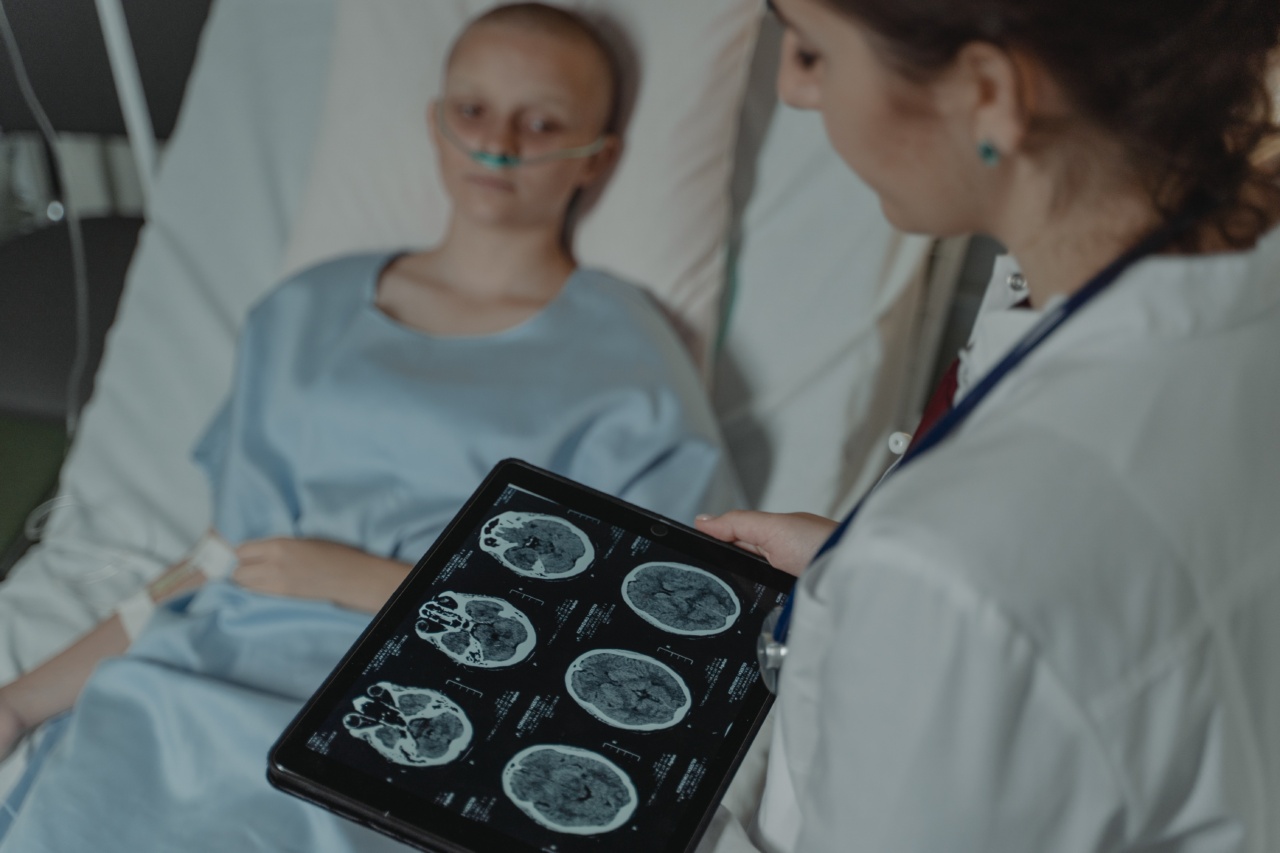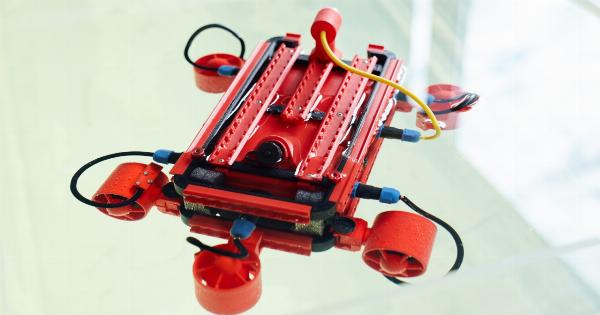A brain tumor refers to the abnormal growth of cells that form masses within the brain. It is a serious and life-threatening condition that requires immediate diagnosis and treatment.
Rapid brain tumor diagnosis is crucial to ensure timely intervention and better patient outcomes. Artificial Intelligence (AI) is emerging as a powerful tool in diagnosing brain tumors quickly and accurately.
What is Artificial Intelligence?
Artificial Intelligence is a technology that allows machines to simulate human intelligence. AI systems can process vast amounts of data, recognize patterns, and learn from experience.
AI algorithms can perform complex tasks such as image and speech recognition, natural language processing, and decision making. In healthcare, AI is being used to improve diagnosis, treatment planning, and patient outcomes.
Advantages of AI in Brain Tumor Diagnosis
The use of AI in brain tumor diagnosis offers the following benefits:.
- Speed: AI algorithms can analyze large volumes of data in a matter of seconds. They can identify patterns and anomalies that may not be detectable by human physicians.
- Accuracy: AI systems can detect brain tumors accurately, with a very low rate of false positives and false negatives. This reduces the need for invasive procedures and improves patient outcomes.
- Cost-effectiveness: The use of AI for brain tumor diagnosis can save time and resources, leading to more efficient healthcare delivery.
How AI is Used in Brain Tumor Diagnosis?
AI systems can be used in several ways for brain tumor diagnosis:.
- Automated Segmentation: AI algorithms can analyze MRI or CT scans and segment the brain into different regions. This helps in identifying abnormalities and tumors.
- Image Analysis: AI systems can analyze images of tumors and identify characteristics such as size, shape, and location. This helps in determining the type and severity of the tumor.
- Machine Learning: AI systems can be trained on large datasets of brain tumor images to improve their accuracy and speed in diagnosis.
- Decision Support: AI systems can provide decision support to physicians in diagnosing brain tumors. They can suggest treatment plans based on the patient’s medical history and current condition.
Examples of AI Systems for Brain Tumor Diagnosis
Several AI systems are currently being used or tested for brain tumor diagnosis:.
- Deep Learning: Deep learning is a subset of machine learning that uses neural networks to simulate the human brain. Deep learning algorithms can analyze brain tumor images and provide accurate diagnosis in a matter of seconds.
- IBM Watson: IBM Watson is an AI system that uses natural language processing and machine learning to analyze patient data and suggest treatment options. It has been used to diagnose brain tumors and develop personalized treatment plans.
- Google AI: Google AI is developing an AI system that can analyze brain tumor images and provide accurate diagnosis. The system uses deep learning algorithms and has shown promising results in clinical trials.
Challenges and Limitations
The use of AI in brain tumor diagnosis also faces some challenges and limitations:.
- Data Quality: AI systems require high-quality data to perform accurate diagnosis. However, medical imaging data may be noisy or incomplete, leading to inaccurate diagnosis.
- Regulatory Approval: AI systems for medical diagnosis need to be approved by regulatory agencies such as the FDA. This process can be time-consuming and expensive.
- Physician Acceptance: Physicians may be reluctant to adopt AI systems for brain tumor diagnosis, as they may feel that their expertise and judgment are being replaced by machines.
Conclusion
The use of AI in brain tumor diagnosis offers several advantages, including speed, accuracy, and cost-effectiveness. AI systems can analyze brain tumor images and provide accurate diagnosis in a matter of seconds.
However, AI systems also face challenges such as data quality, regulatory approval, and physician acceptance. Nonetheless, AI is poised to revolutionize brain tumor diagnosis and improve patient outcomes.






























